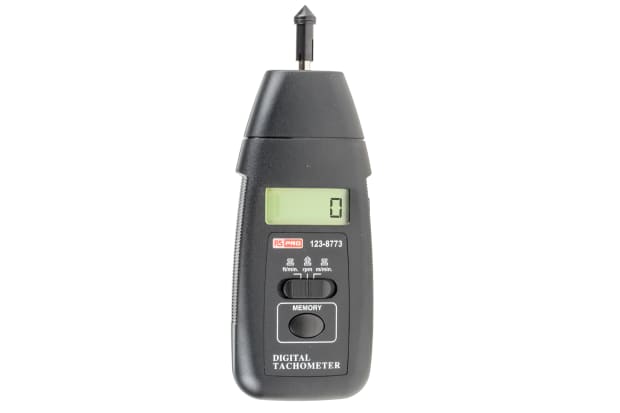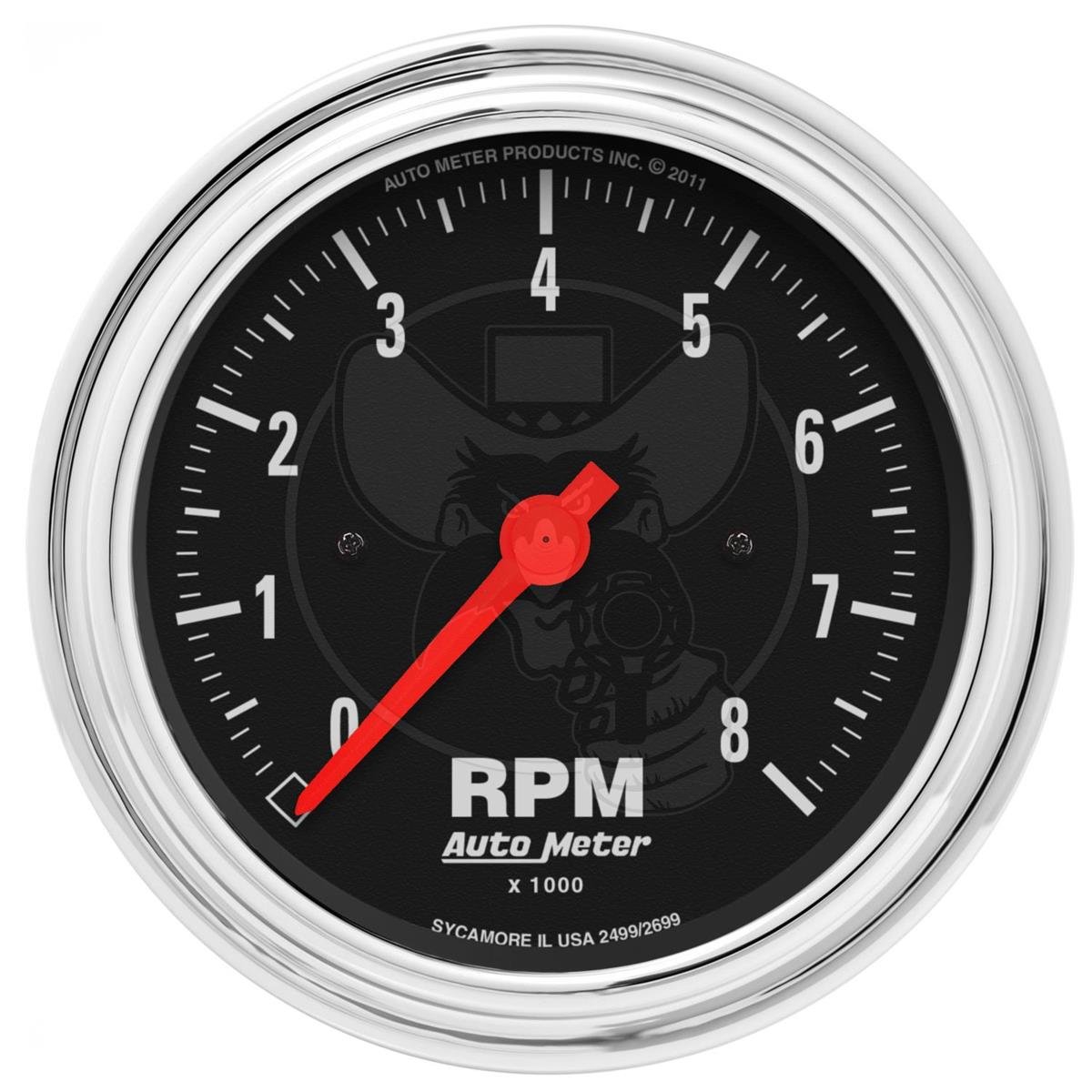Tachometer Essential: Every Little Thing You Required to Know for Accurate Readings
Wiki Article
The Importance of a Tachometer in Checking Engine Rate and Performance in Automotive Applications
In the realm of automotive design, the tachometer stands as a critical instrument in the vehicle driver's arsenal, providing a straight window right into the internal operations of a car's engine. Beyond its function as a simple gauge of transformations per min (RPM), the tachometer offers as a critical tool for enthusiasts and professionals alike, offering real-time insights into engine performance and health.Importance of Keeping Track Of Engine RPM
Keeping track of engine RPM, or transformations per minute, is a crucial element of automobile maintenance and performance evaluation. Engine RPM straight associates with the rate at which the engine's crankshaft turns, suggesting how quickly the engine is running - tachometer. By monitoring RPM, mechanics can analyze the wellness of the engine, identify prospective problems, and fine-tune performance. An abnormal RPM analysis might indicate problems such as engine misfires, damaged ignition system, or problems with the fuel distribution system. Constantly high RPM readings could show aggressive driving habits or the demand for a greater gear change to enhance fuel performance.Additionally, monitoring engine RPM is necessary for performance analysis in racing and high-performance lorries. Preserving optimum RPM levels is critical for accomplishing peak power result and acceleration. Racers frequently utilize tachometers to ensure they are operating within the ideal RPM variety for maximum performance. In recap, keeping track of engine RPM is not just vital for finding issues however additionally for optimizing engine efficiency in numerous automotive applications.

Benefits of Real-Time Data
In vehicle applications, real-time information plays an essential function in offering immediate understandings right into the efficiency and problem of the automobile. By continually checking numerous criteria such as engine rate, temperature level, gas intake, and a lot more, real-time information uses many advantages that add to improved effectiveness and security when driving.
Additionally, real-time information helps with efficiency optimization by supplying immediate responses on driving practices and engine performance. Motorists can adjust their habits in real-time based on this information to attain better gas economy and lengthen the lifespan of their automobile.

In addition, real-time data plays an essential function in modern auto diagnostics, enabling professionals to rapidly detect and address breakdowns. This brings about decreased downtime, reduced upkeep costs, and eventually, improved overall automobile integrity and longevity (tachometer). By taking advantage of the power of real-time information, automobile stakeholders can make educated decisions that favorably impact both the efficiency and longevity of the car
Influence On Gear Shifts
The tachometer plays a crucial role in optimizing equipment changes by giving real-time engine rate information to the motorist. When coming close to the redline on the tachometer, it indicates the motorist to upshift to stop over-revving the engine and triggering potential damage.Moreover, the tachometer help in attaining smoother equipment shifts, especially in manual transmissions. By monitoring engine speed, drivers can execute equipment changes at the optimal RPM range, lowering snagging movements and reducing wear on the transmission parts. This precision in gear changes not just improves driving comfort yet likewise contributes to sustain effectiveness.
Enhancing Fuel Performance
Offered the vital role the tachometer plays in maximizing gear shifts for efficiency and engine health, it straight contributes to taking full advantage of fuel performance in automobile applications. By providing real-time comments on engine speed, the tachometer aids chauffeurs in keeping the most reliable RPM variety for gas economic climate. When drivers continually keep track of the tachometer and readjust their driving behaviors accordingly, they can stay clear of unnecessary fuel usage triggered by over-revving or carrying the engine.Moreover, the tachometer assists drivers determine one of the most fuel-efficient gear to be in find out this here at any type of provided moment, stopping the engine from working more difficult than essential. This is particularly vital during acceleration and travelling, where being in the appropriate equipment can substantially affect gas efficiency. In addition, the tachometer can inform motorists to prospective mechanical issues that can be adversely influencing gas economy, such as a sliding clutch or a clogged air filter. Finally, the tachometer offers as a valuable tool in improving gas effectiveness by advertising optimum driving routines and identifying areas for enhancement in the vehicle's efficiency.

Maximizing Engine Durability
The tachometer's function in keeping an eye on engine speed and efficiency is important in making certain the long life of automobile engines. Monitoring the tachometer permits vehicle drivers to remain within the suggested RPM range for their car, stopping other unnecessary stress on the engine and extending its lifespan.
Verdict
To conclude, the tachometer plays a critical duty in checking engine rate and performance in automotive applications. By giving real-time data on RPM, it enables for effective equipment changes, boosted fuel effectiveness, and maximized engine durability. This device is necessary for keeping optimal engine performance and ensuring the total capability of a lorry.Report this wiki page